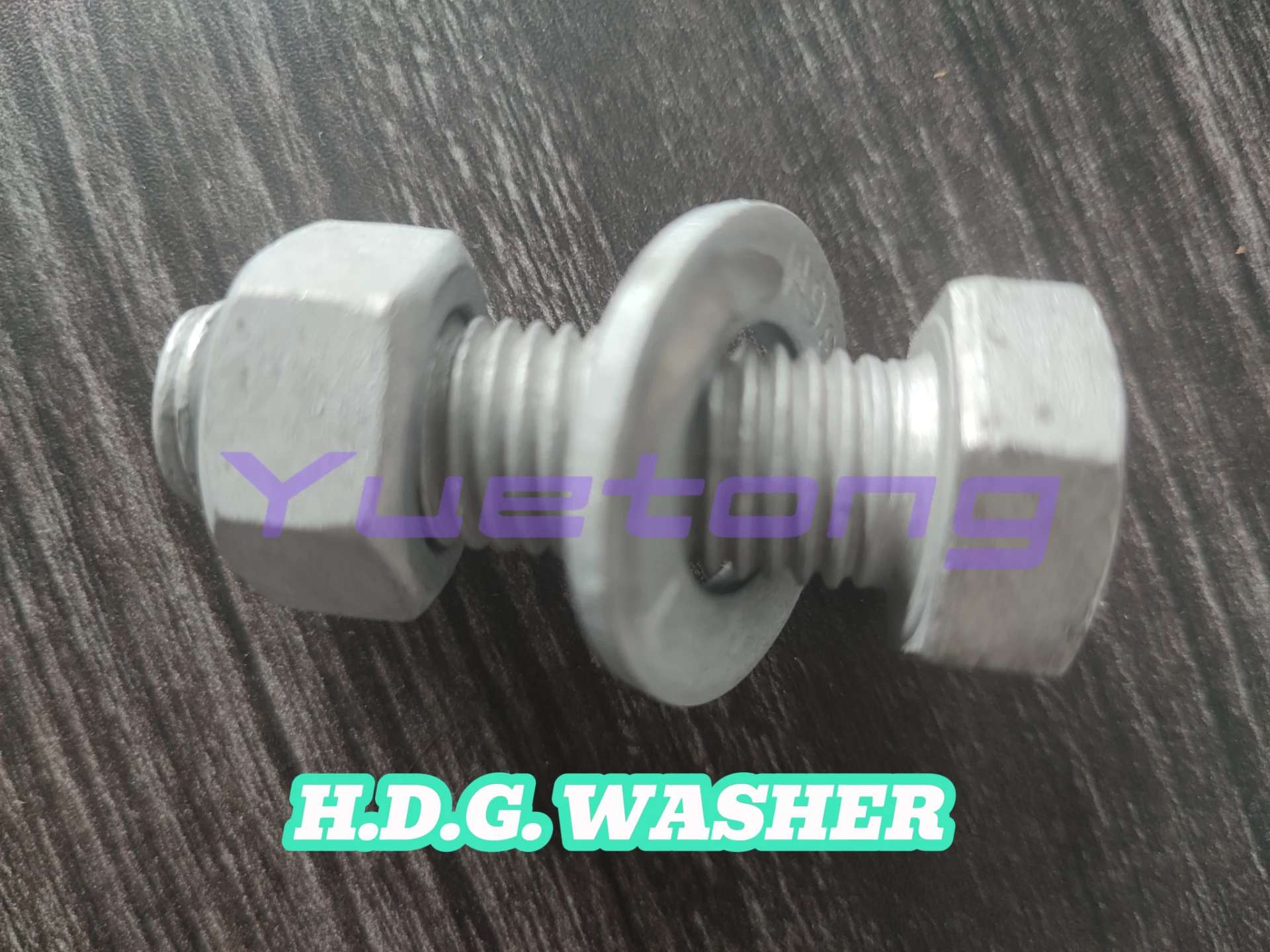nov . 12, 2024 21:18 Back to list
bolt and anchor
The Significance of Bolts and Anchors in Modern Construction
In the realm of modern construction and engineering, effective fastening methods play a crucial role in ensuring the stability, safety, and longevity of structures. Among these methods, bolts and anchors stand out as fundamental components that facilitate the attachment of various materials and elements. This article delves into the types, functions, and importance of bolts and anchors in today's construction landscape.
Understanding Bolts
Bolts are defined as threaded fasteners used to hold materials together. Typically made from metal, bolts are available in various shapes and sizes, accommodating different structural requirements. The most common type is the hex head bolt, which features a six-sided head that allows for easy tightening and loosening with a wrench. Other designs, such as carriage bolts, lag bolts, and machine bolts, are used depending on the application and material being fastened.
The function of a bolt goes beyond mere attachment. It distributes loads across a wider area, reducing stress concentrations on any single point. This load distribution is crucial in applications such as bridges and heavy machinery, where structural integrity is paramount. Whether connecting steel beams or fastening wooden structures, bolts provide a secure and reliable means of assembly.
The selection of bolts involves considerations of material strength, corrosion resistance, and appropriate size. For instance, in environments where moisture is prevalent, stainless steel or galvanized bolts are preferred due to their resistance to rust and degradation. Understanding the properties of different bolts is essential for engineers to choose the right fastening solution for their projects.
The Role of Anchors
Anchors, on the other hand, serve a different yet equally vital purpose. They are devices used to secure objects to a concrete or masonry surface, providing stability and resistance against forces such as tension and shear. Anchors come in various forms, including expansion anchors, adhesive anchors, and drywall anchors, each designed for specific applications.
bolt and anchor

Expansion anchors, commonly used in concrete and masonry, work by using mechanical expansion to grip the material securely. When a bolt is inserted into the anchor and tightened, it causes the anchor to expand, locking it into place. This type of anchor is particularly effective for supporting heavy loads, making it a popular choice in industrial settings and construction projects.
Adhesive anchors, on the other hand, utilize a chemical bonding agent to secure the anchor within the substrate. This method is advantageous in applications requiring high strength in a smaller footprint, such as when drilling into existing concrete structures. These anchors are becoming increasingly popular in seismic regions where traditional mechanical anchors may not provide adequate performance during earthquakes.
The Importance of Proper Installation
The effectiveness of bolts and anchors is highly reliant on proper installation techniques. Incorrect installation can lead to failures, potentially resulting in catastrophic structural issues. Engineers must consider factors such as load requirements, environmental conditions, and substrate type when designing bolted or anchored connections.
Moreover, regular inspection and maintenance of bolted and anchored connections are vital in ensuring the longevity and safety of structures. Over time, factors such as corrosion, fatigue, and environmental stresses can compromise the integrity of fasteners. Routine checks and timely replacements are crucial components of maintaining structural safety.
Conclusion
In conclusion, bolts and anchors are indispensable elements of modern construction. They provide the necessary strength and stability to various structures, from residential buildings to industrial facilities. Understanding the different types of bolts and anchors, their functions, and the importance of their proper installation is critical for engineers and builders aiming to create safe and durable constructions. As the industry continues to evolve with new materials and techniques, the fundamental principles surrounding bolts and anchors will remain integral to engineering practices, ensuring that our built environment continues to stand the test of time.


